Optimal Timing for Roof Moss Removal
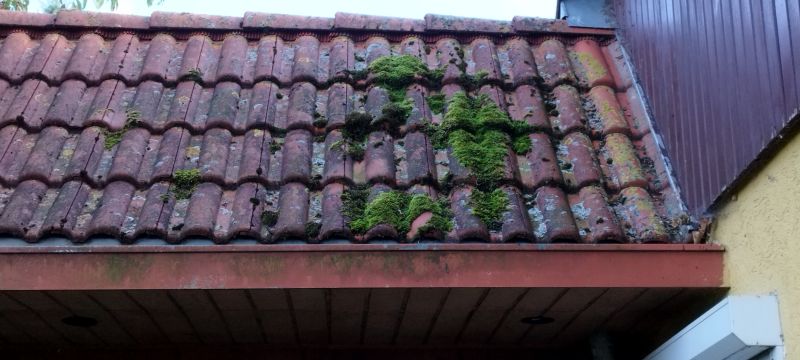
Spring offers optimal conditions for moss removal, as moss is actively growing and easier to eliminate before the peak growing season.

Late summer provides warm, dry weather ideal for completing moss removal and allowing roofs to dry thoroughly afterward.
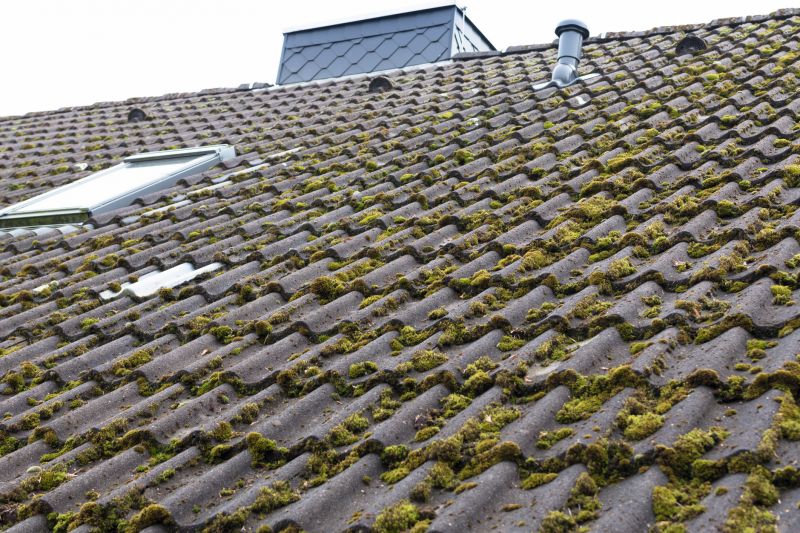
Fall can be suitable due to cooler temperatures and reduced moss growth, making removal easier before winter.
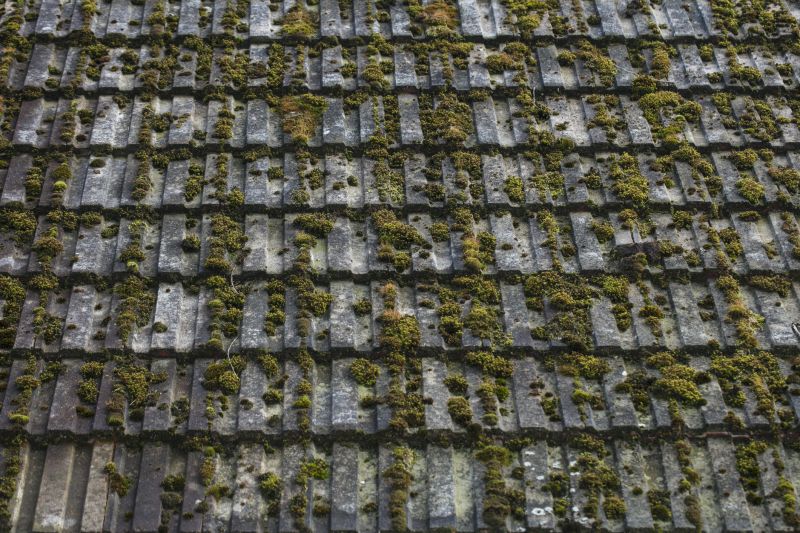
Popular materials for Roof Moss Removals and why they hold up over time.
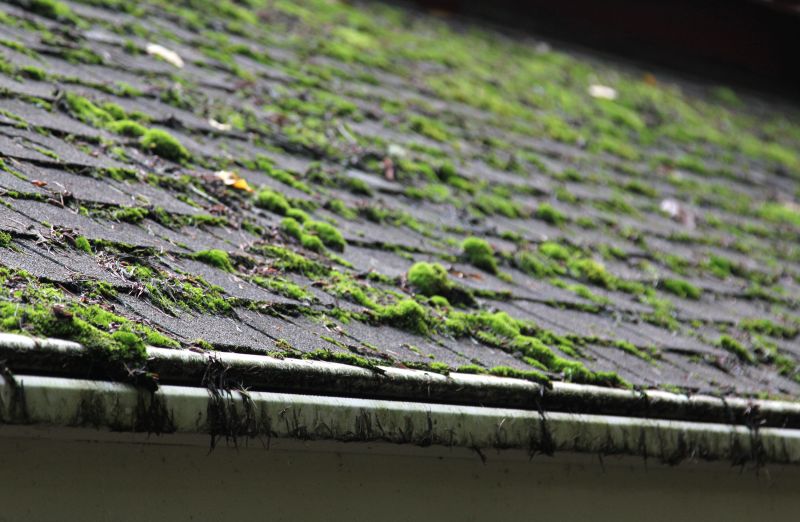
Simple add-ons that improve Roof Moss Removals without blowing the budget.
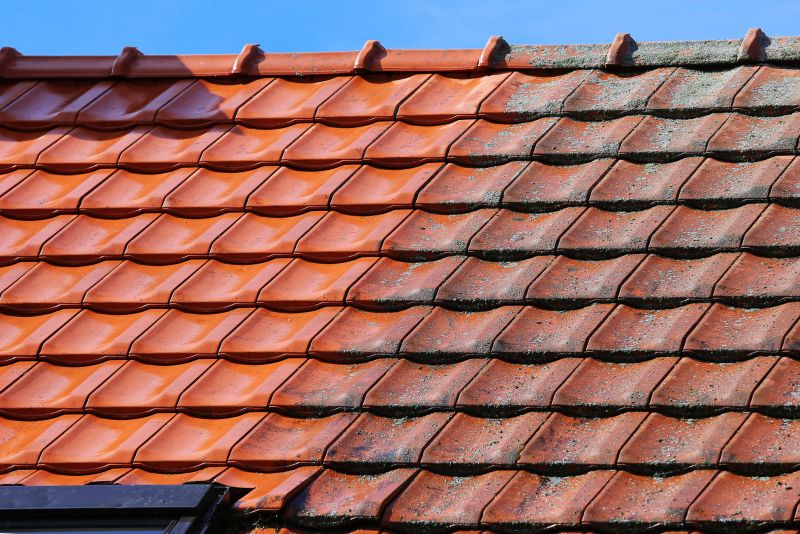
High-end options that actually feel worth it for Roof Moss Removals.
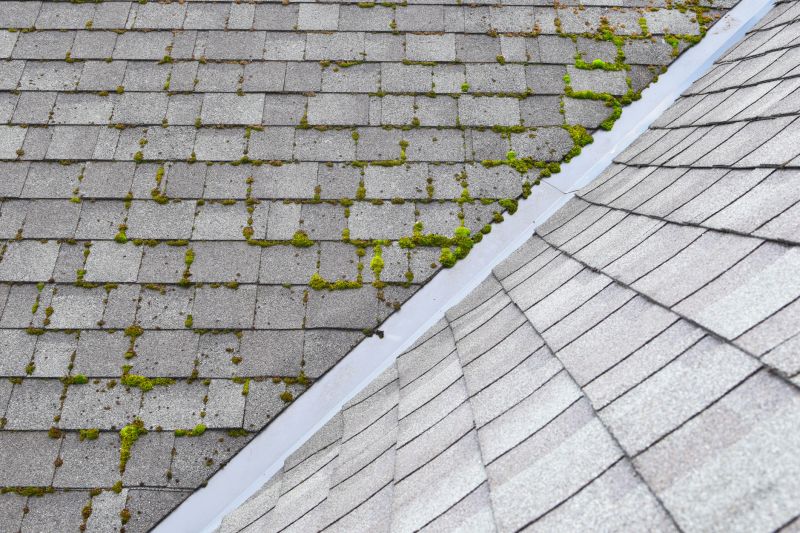
Finishes and colors that play nicely with Roof Moss Removals.
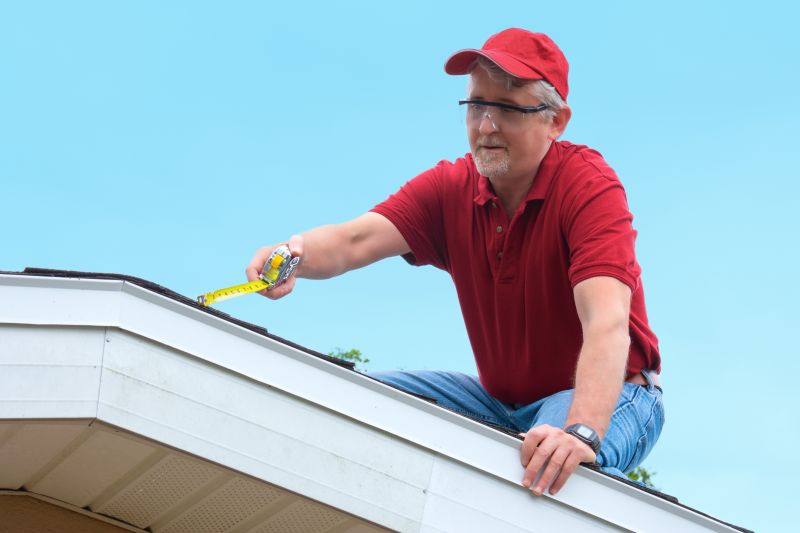
Little measurements that prevent headaches on Roof Moss Removals day.
Roof moss removal is a crucial maintenance task that helps preserve the integrity and appearance of roofing systems. Moss can retain moisture, leading to roof deterioration, leaks, and structural issues over time. Timely removal prevents these problems and extends the lifespan of roofing materials. Proper timing ensures the effectiveness of removal treatments and minimizes the risk of moss regrowth. The best time for roof moss removal depends on local climate conditions, moss growth cycles, and weather patterns, with early spring and late summer generally considered optimal periods.
Moss tends to grow rapidly in moist, shaded environments, especially during damp seasons. Removing moss during dry periods reduces the chance of immediate regrowth.
Avoid removal during rainy or snowy weather to ensure proper drying and adhesion of treatments, and to prevent safety hazards.
Understanding moss growth cycles helps in scheduling removal for maximum effectiveness, typically before the peak growing season.
Regular inspections and maintenance during suitable seasons help prevent extensive moss buildup and costly repairs.
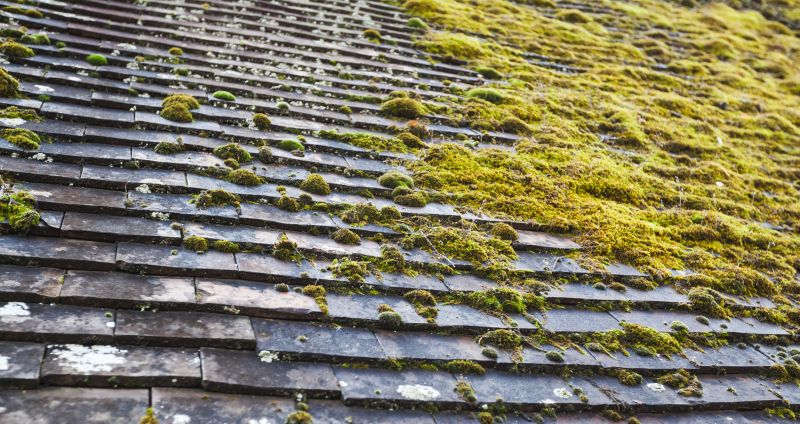
Image depicting moss-covered roof before removal.

Roof during early spring with moss being carefully removed.
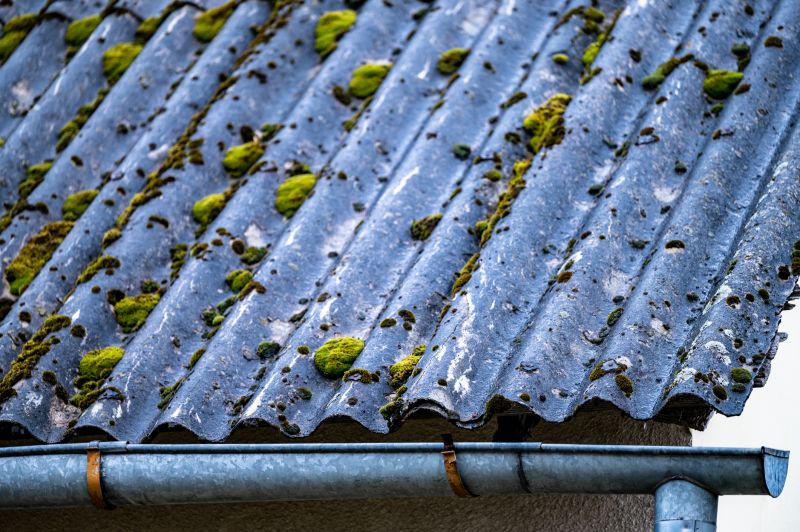
Roof after treatment during dry weather conditions.
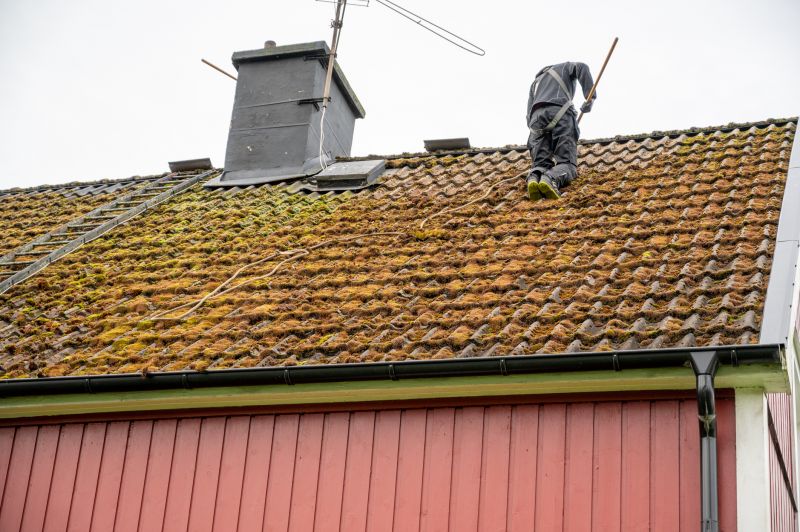
Roof with minimal moss, scheduled for fall cleaning.
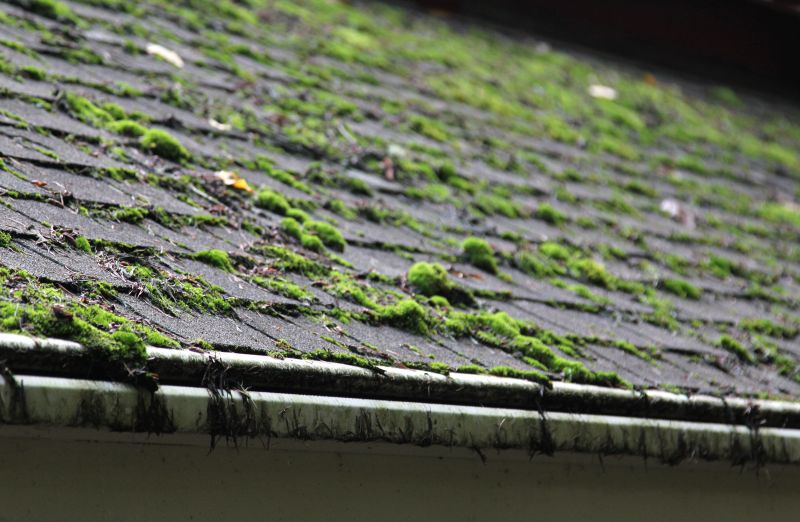
Close-up of heavy moss growth on shingles.

Clean roof surface after moss removal process.
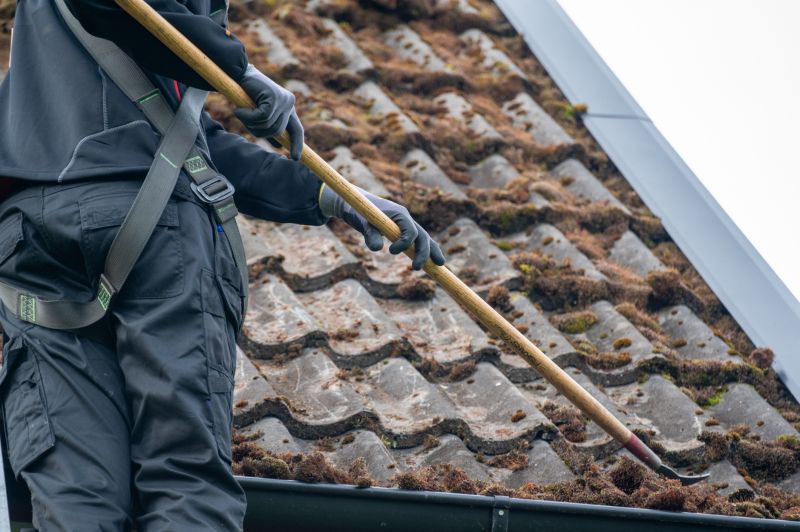
Inspection of roof condition before treatment.
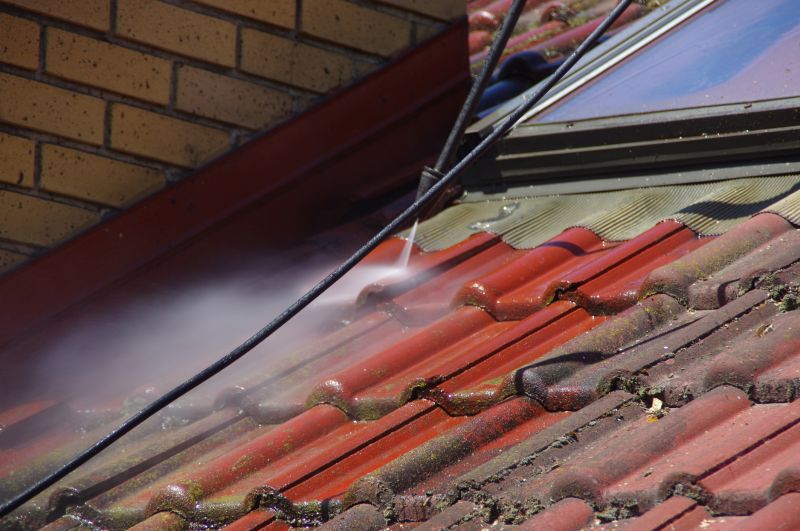
Tools used for effective moss removal and roof cleaning.
| Season | Ideal Conditions |
|---|---|
| Spring | Active moss growth, moist conditions, moderate temperatures |
| Summer | Warm, dry weather ideal for treatment and drying |
| Fall | Cooler temperatures, less moss growth, preparation for winter |
| Winter | Generally not suitable due to snow and ice, safety concerns |
Choosing the appropriate timing for roof moss removal can significantly impact its effectiveness and longevity. Performing removal during periods of dry weather ensures that treatments adhere properly and that roofs dry quickly, reducing the chance of moss regrowth. Additionally, scheduling maintenance before the peak moss growing season can help prevent extensive buildup. Regular inspections during suitable seasons help identify early signs of moss growth and facilitate prompt action, preserving the roof's condition and appearance.
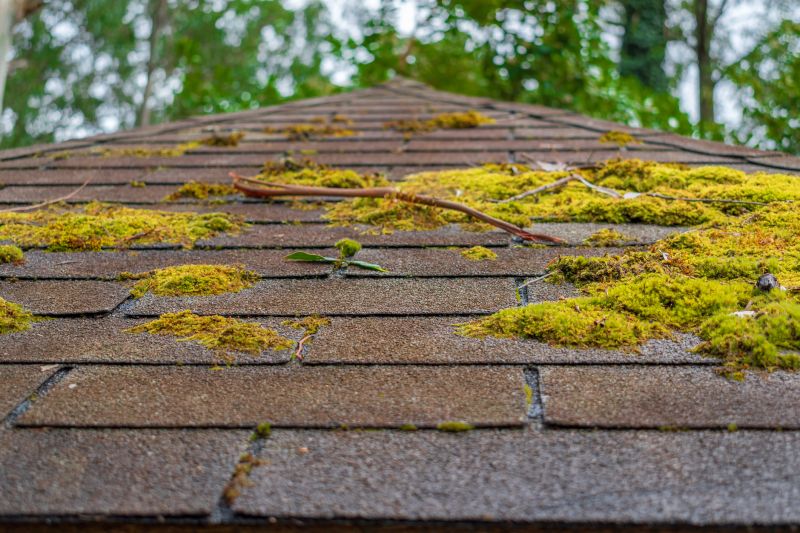
Post-moss removal roof surface showing clean shingles.

Application of moss removal solution on a roof.
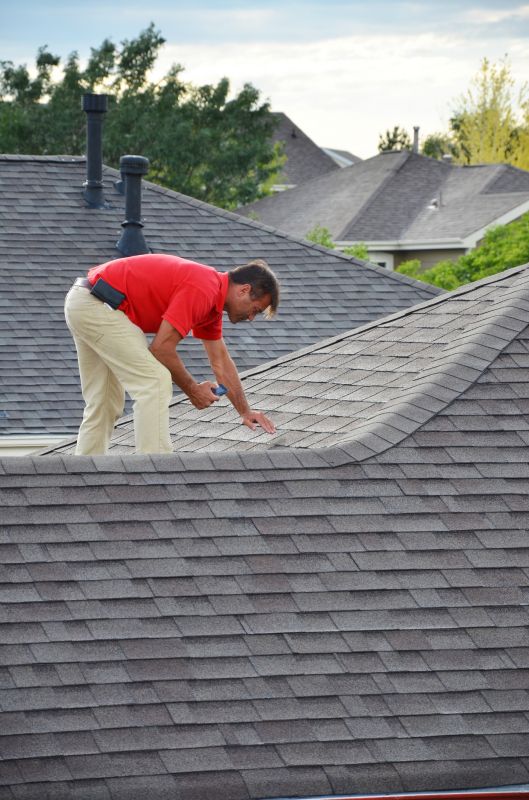
Tools used for assessing roof condition and moss presence.

Equipment used for ongoing roof maintenance.
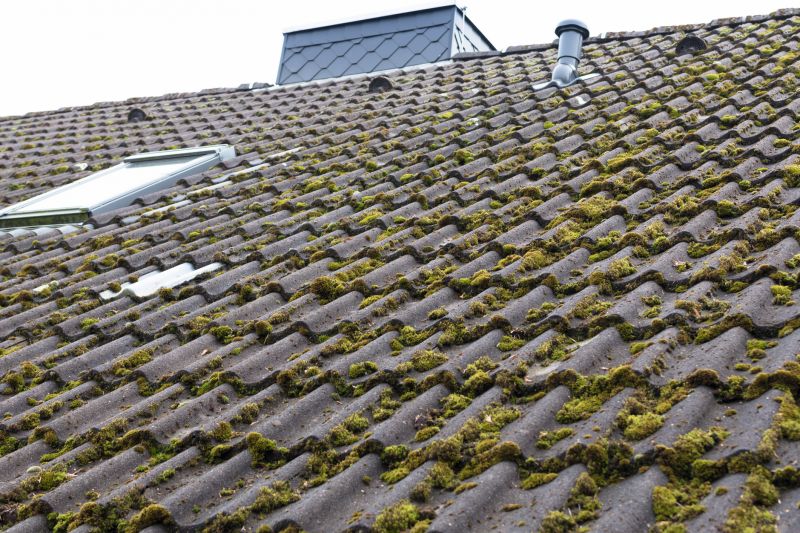
A 60-second routine that keeps Roof Moss Removals looking new.
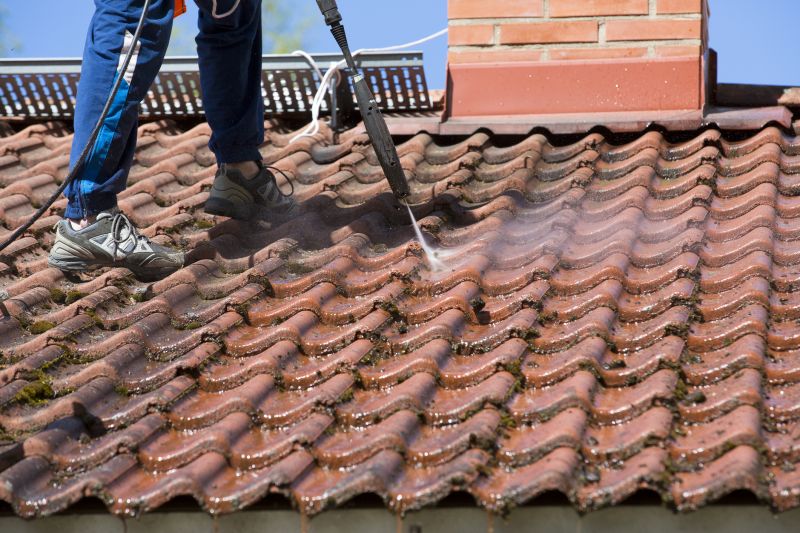
A frequent mistake in Roof Moss Removals and how to dodge it.
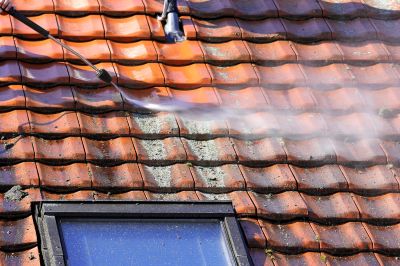
Small tweaks to make Roof Moss Removals safer and easier to use.
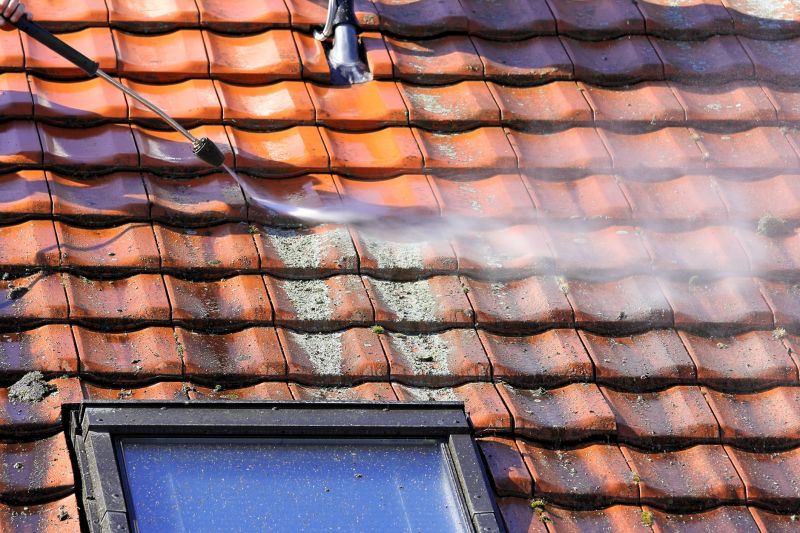
Lower-waste or water-saving choices for Roof Moss Removals.
Interested property owners can schedule roof moss removal during the optimal seasons to ensure the best results. Proper timing, combined with regular inspections, helps maintain the roof’s integrity and appearance. For further assistance or to arrange a service, filling out the contact form provides a straightforward way to initiate the process and receive professional guidance tailored to specific roof conditions.
